Mulch
“Mulch” is a word for any material that is used to cover the soil surface in a garden. Mulch helps shade the soil, allowing the soil to better hold onto water by preventing evaporation from the soil surface. Below are the most common types of garden mulch and some information about the types of plantings with which they might be used.
Generally, a layer of mulch 2-3 inches deep is applied to the soil surface after planting and irrigation work is completed. You do not need to choose only one type of mulch for your yard, and thoughtfully using different mulch types in different areas depending on the planting and other factors, may be a great choice.
For locations of where to purchase different mulch types near western San Bernardino County, see our Local Landscape Suppliers List.
The Waterwise Community Center gives away woodchip mulch at our headquarters in Montclair (see hours and locations). If a large quantity of mulch is needed, some local community members have been successful obtaining free ground tree trimming mulch though the chipdrop app. If you are considering this, be sure to read all the information on the chipdrop website to be sure it matches your needs and expectations.
Woodchip mulch
Woodchip mulch is either a combination of ground tree trimmings or a specific product produced from trees (often bark) manufactured for use in the landscape. It is often one of the more economical ways to cover the soil in a newly planted garden, especially if it can be picked up for free from local mulch giveaway programs.
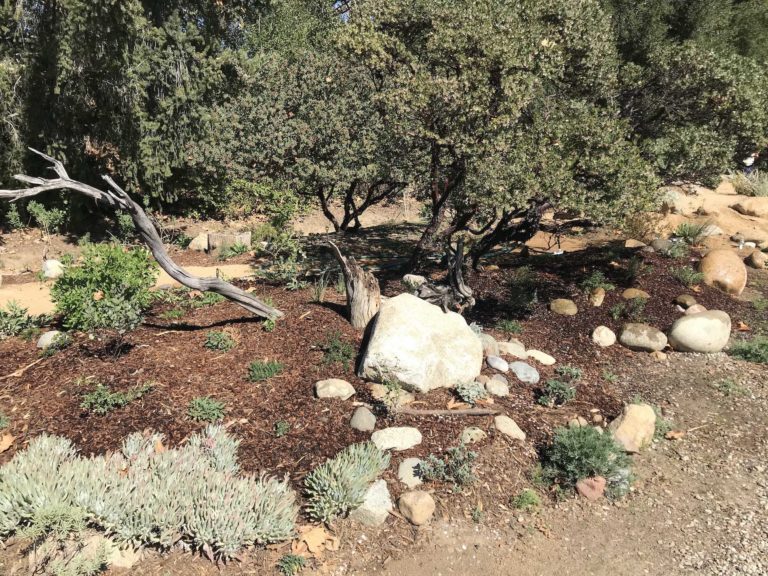


Gravel mulch
Gravel mulch is appropriate for California native and waterwise plants from dry, sunny areas, including most succulents and desert plants.
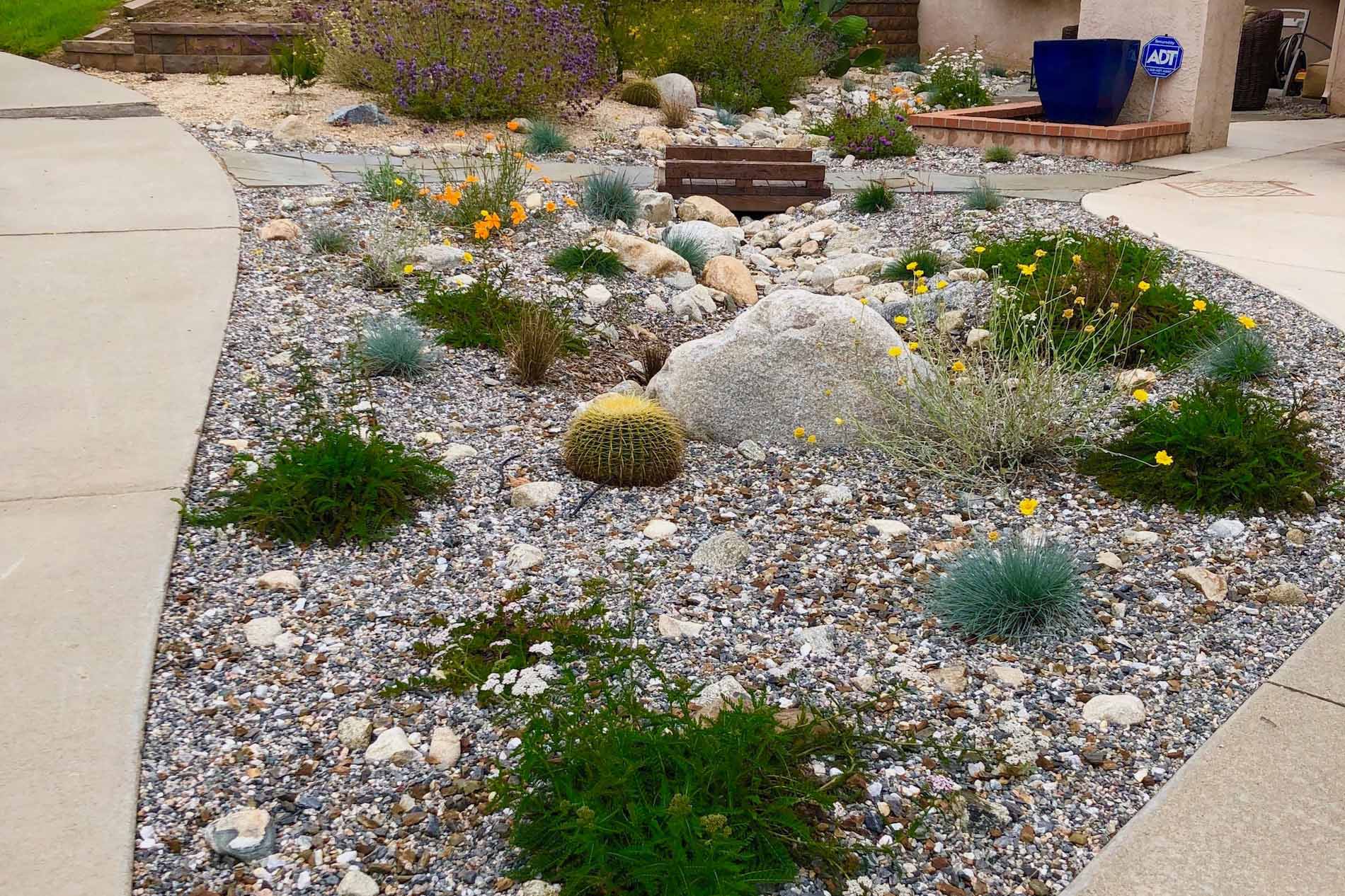
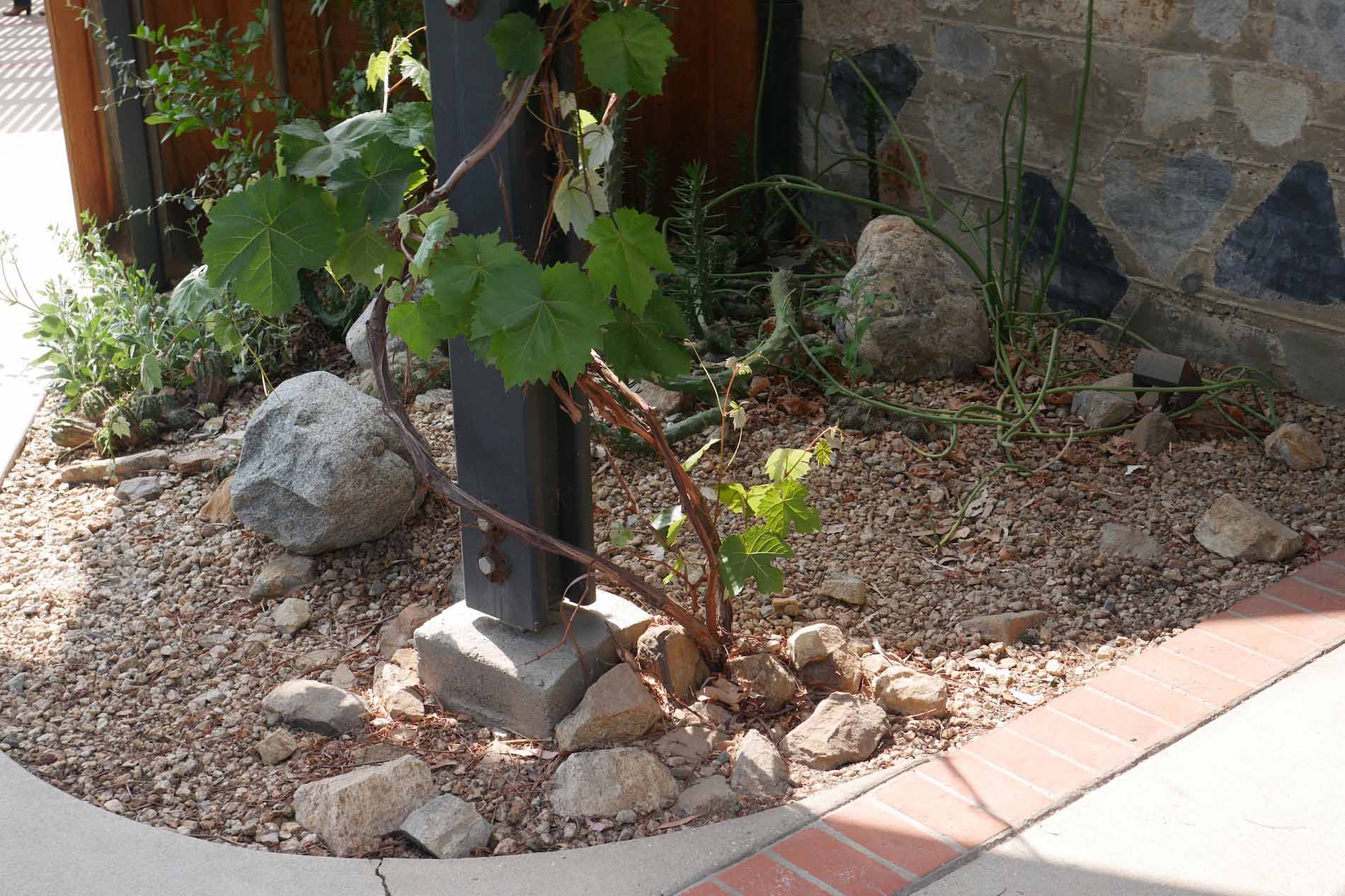
Gravel mulch applied to large areas and all one size (for example an entire yard of ¾” gravel) tends to look “industrial” and potentially unattractive. Mixing sizes of gravel and choosing to work with the types of gravel and rock that naturally occurs in your area usually results in a much more attractive project.
Remember that large areas of gravel in our hot climate can absorb lots of head and, if light colored can create lots of glare in the summer. Remember to mix in some heat-tolerant trees or large shrubs in your design if you are using all gravel mulch to provide for some shade and structure to your landscape, which will help with these potential issues.
Decomposed granite mulch
Decomposed granite is a natural product that is much smaller than gravel, and almost similar to a very sandy soil. It is similar to the natural soil of some southern California mountain areas, and it can make an appropriate mulch layer for low water native plants from hot sunny areas and succulent gardens.
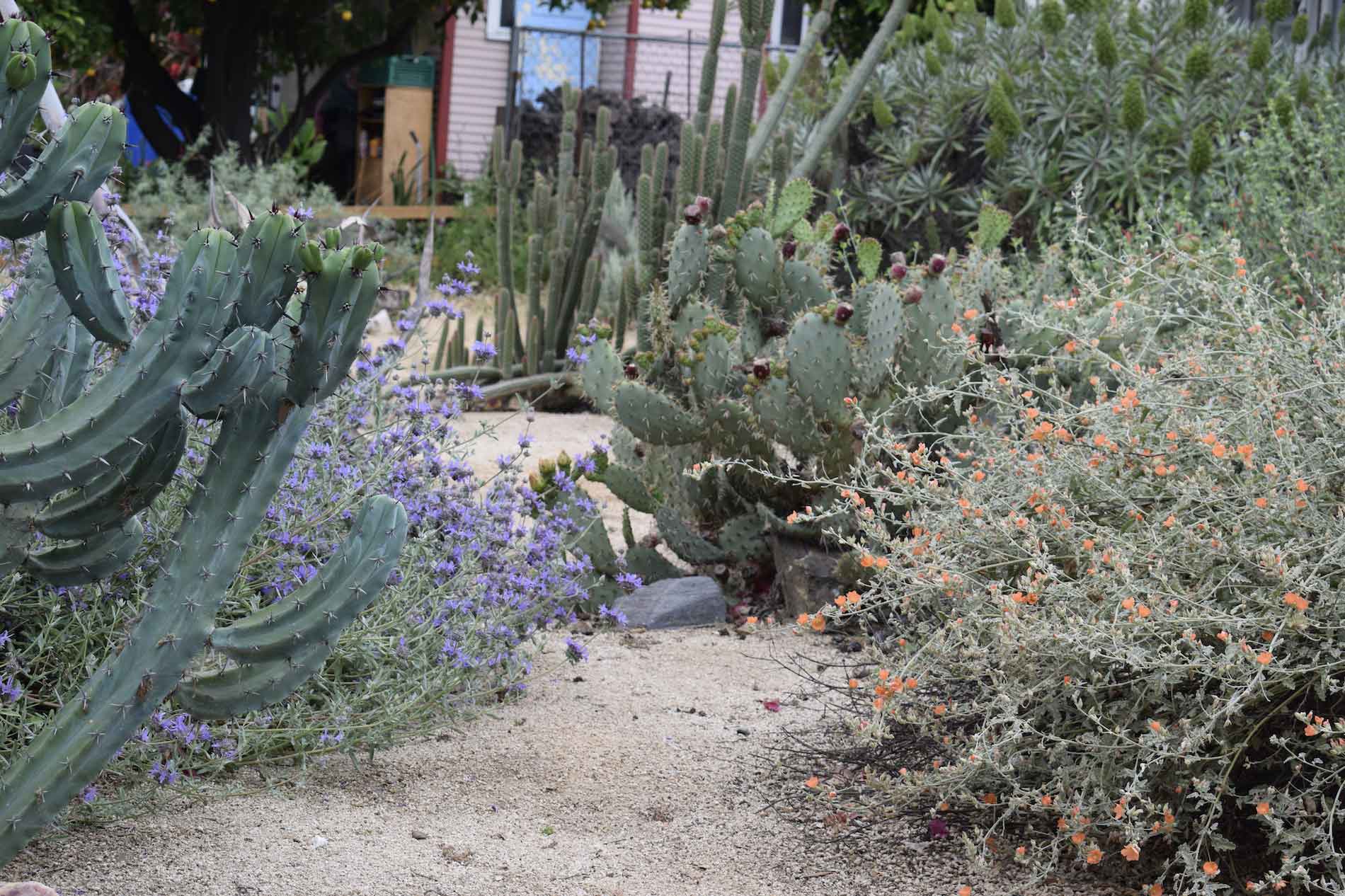
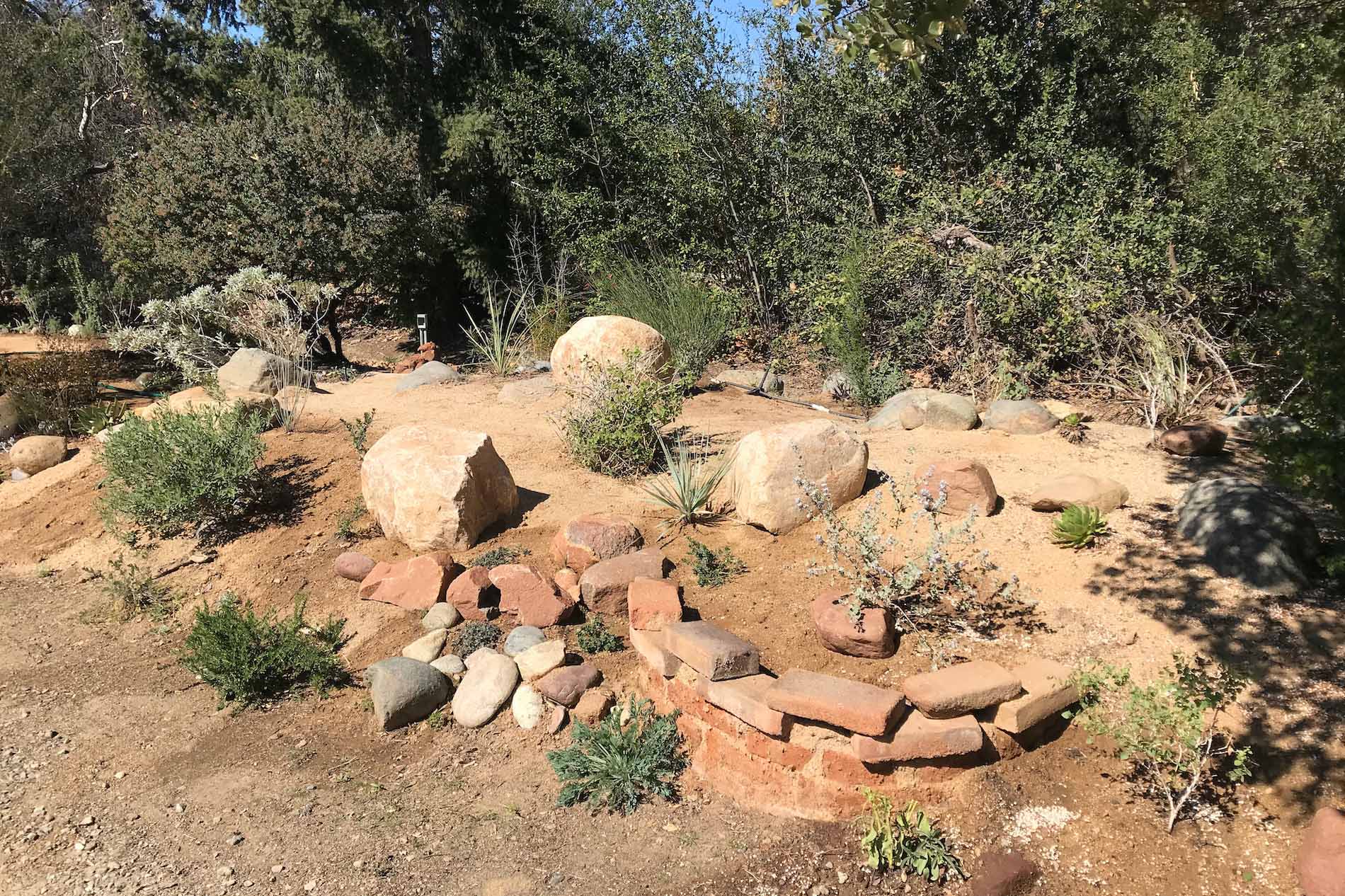
Decomposed granite erodes easily during rain when on slopes, so is best applied to relatively flat landscape areas only.
Decomposed granite can be purchased “with binder” and “without binder.” The binder is a product, usually naturally derived, that allows it to be compacted and form a hard and relatively resilient walking surface when properly installed. Decomposed granite with binder is usually used for pathways and patio spaces, while decomposed granite without binder is used for mulching planted areas.
As a mineral mulch, decomposed granite has the advantage of not needing to be renewed, unlike woodchip mulch, but it can have problems with weed seeds germinating and growing in it.
Mixing in cobble and boulders
Cobble and boulders of a stone type local to your area are often a nice addition to the garden surface, added among whatever type of mulch you choose to achieve a natural looking effect.
Cobble and boulders are usually purchased at landscape materials yards and charged by the pound. Delivery is available for a fee. For larger quantities, cobble is usually purchased in full metal baskets on palettes, while larger boulders can be selected individually.